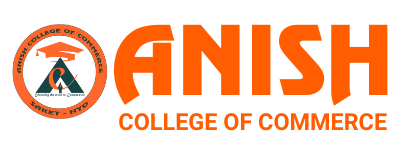National Monetization pipeline: A broad outline


The Government of India launched an ambitious programme to monetise the public sector assets in a bid to strengthen infrastructure. The government has identified 13 sectors including shipping, gas pipeline, roads, rail, airports among others which will be privatized.
The National monetization pipeline (NMP) is a new scheme to establish structured contractual partnerships between the government and private players and thereby generate sustainable infrastructural funding by monetizing core brownfield infrastructural assets, that is, assets where operational infrastructure has already been built.
Here's the breakup of the govt’s big privatization push.
Government’s plan to lease out various state-owned infrastructure
ROADS:
Road assets worth ₹1.60 lakh crore will be monetised over four years till Financial Year 2025, which will be implemented by MoRTH & NHAI and would be Toll Operate Transfer and Infrastructure Investment Trust. The first expected conscious states are Rajasthan, Gujarat, West Bengal and Bihar which is consisting around of 586 kms of National Highways.
RAILWAYS:
Railways will monetise assets worth over ₹1.52 lakh crore over four years till Financial Year 2025. Railways include 400 railway stations, 90 passenger trains, 1 route of 1,400 km railway track, 741 km of Konkan Railway, 15 railway stadiums and selected railway colonies, 265 railway owned goods-sheds, and 4 hill railways.
AIRPORTS:
25 AAI-managed airports over the next four years, which could bring in investments worth ₹20,782 crore which could account for 18% of the overall airport assets under management of the AAI.
During 2021-2022 – Amritsar, Varanasi, Bhubaneswar, Indore, Raipur and Tirupati for the purpose of monetisation.
During 2022-2023 – Chennai and Vadodara
During 2023-2024 – Calicut, Coimbatore, Madurai, Jodhpur and others
During 2024-2025 – Dehradun, Agartala and Udaipur

How is the valuation of these assets derived under NMP?
For each of these sectors, the NMP has been drawn for potential assets to be put up for monetization based on three key sets of information:
- Potential asset value
- Asset considered for monetization
- Indicative monetization value
- The indicative monetization value can be estimated by following various approaches, such as:
Market Approach: Under this approach, the indicative value is determined based on the comparable market transactions for the identified asset classes.
Capex Approach: Under this approach, the funds used by a company to acquire, upgrade, and maintain physical assets such as property, plants, buildings, technology, or equipment. Capex is often used to undertake new projects or investments by a company.
Book Value (BV) Approach: This approach is employed in case of asset classes where information on comparable market transactions or estimated capex investment is not available.
Enterprise Value (EV) Approach: This approach is considered for assets where information on the existing revenue stream is available or can be reasonably projected, either on the basis of assumptions or the available data on prevailing tariff for an asset or asset class.
Sector- wise breakdown of the asset monetization program
Roads, railways, and power sector assets will comprise over 66 percent of the total indicative value of the potential assets to be monetized, and sectors like telecom, aviation etc. will comprise the remaining share.
Here is a sector- wise breakdown of the National Monetization Pipeline.

ROADS


RAILWAYS


POWER TRANSMISSION


POWER GENERATION


NATURAL GAS PIPELINES


PETROLEUM, PETROLEUM PRODUCT PIPELINES & OTHER ASSETS


TELECOM


WAREHOUSING ASSETS


MINING ASSETS


AIRPORTS


PORTS



